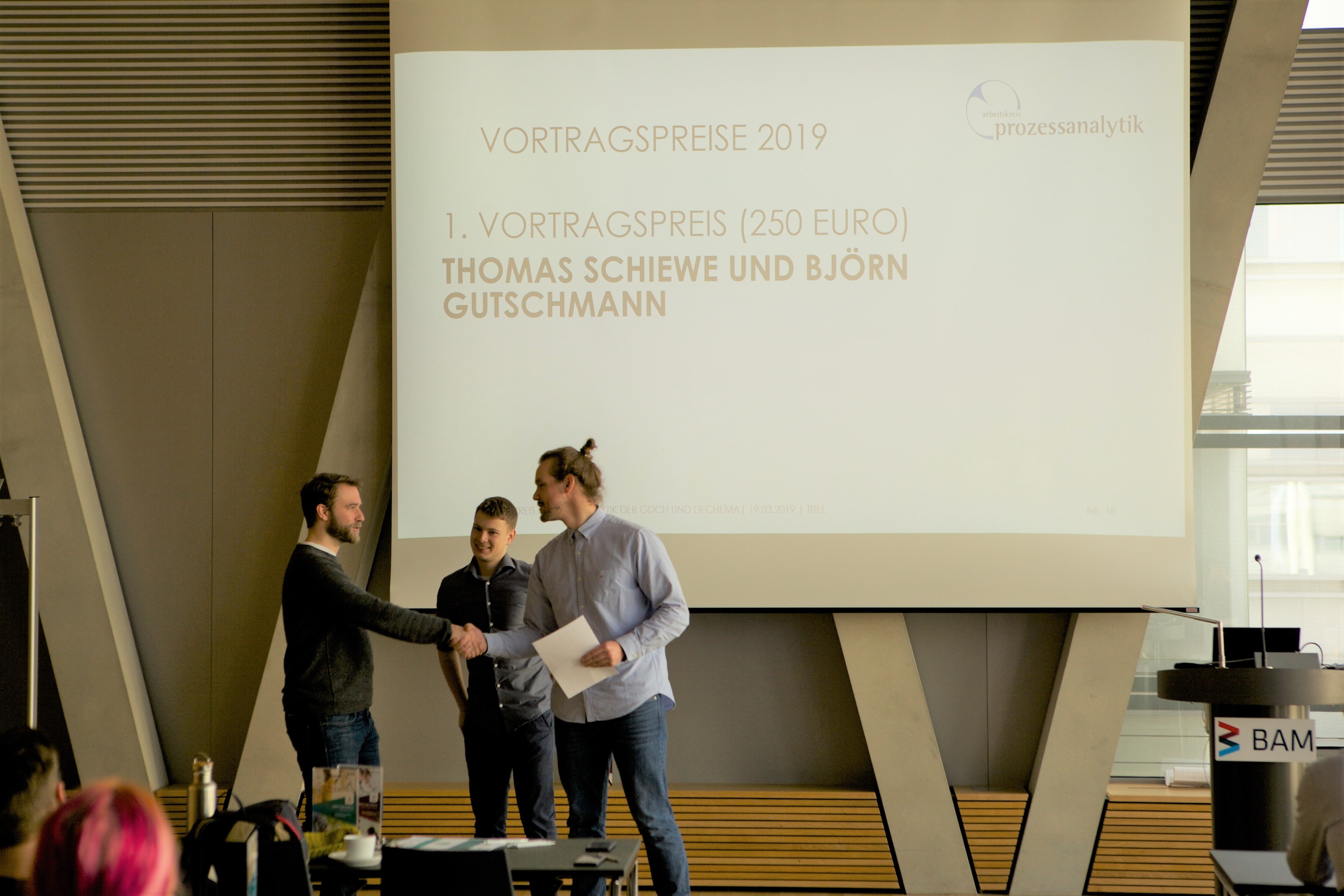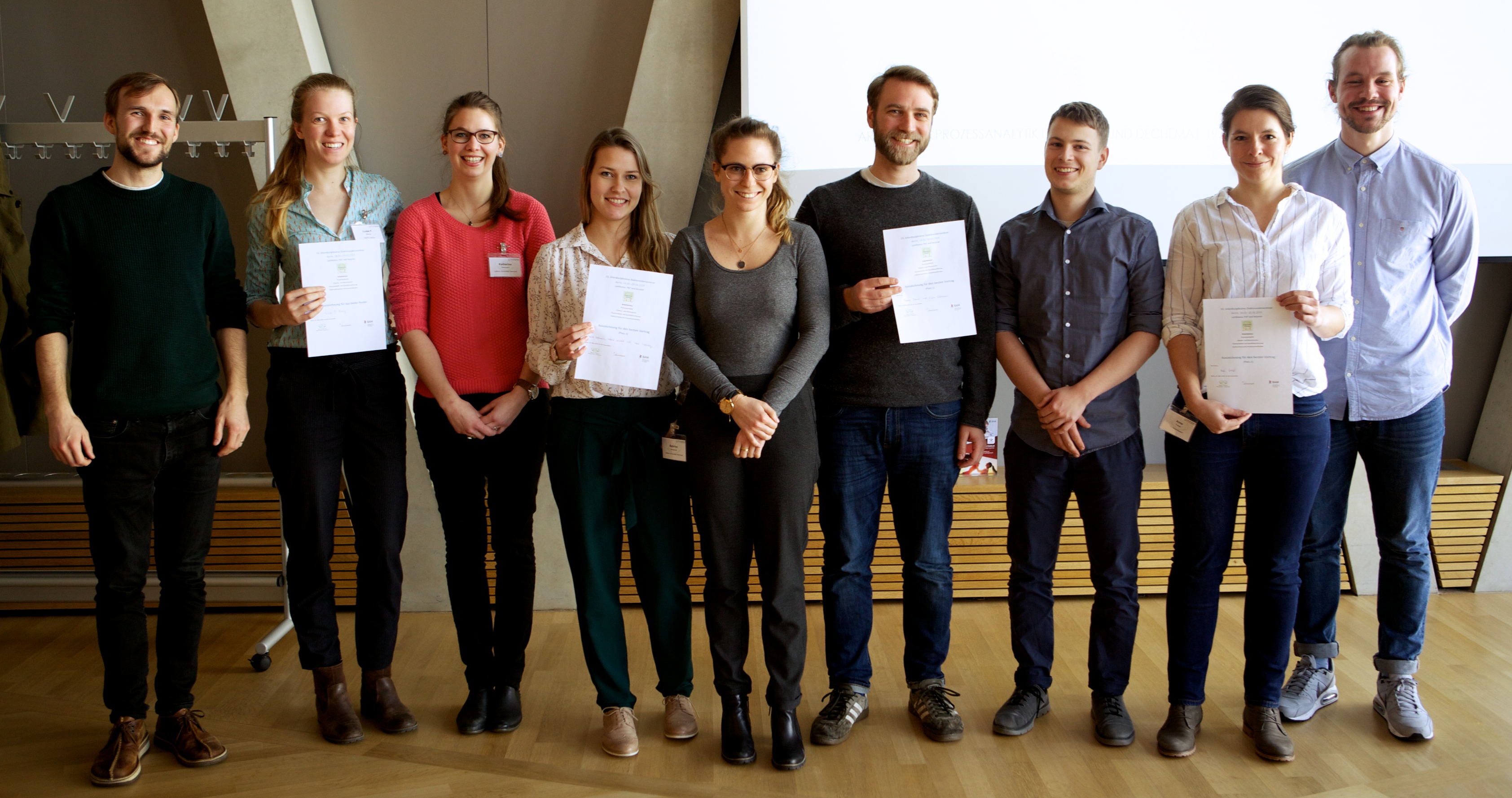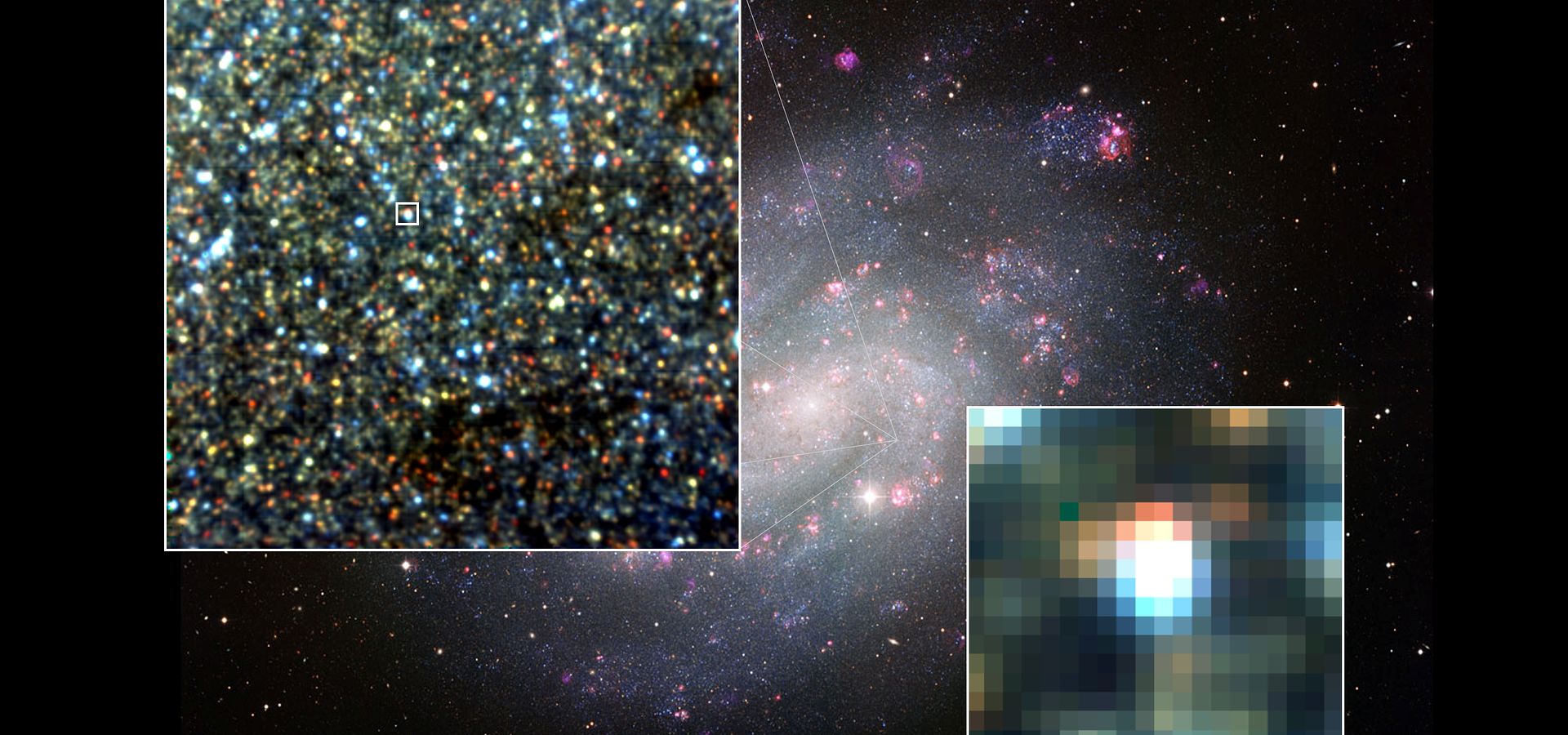New EU transfer project on the way
From galaxy research to the fight against cancer - innoFSPEC has recently acquired funding by the European Commission for the development of pioneering technology for economy and society. The rewarded idea is based on accomplishments in the transfer of high-technology from astronomy research to cancer diagnostics. The aim is an optical design study for the development of a prototype suitable for clinical studies. The innoFSPEC team under leadership of Prof. Dr. Martin Roth and a French industry partner, Winlight Systems, jointly and successfully entered the EU Attract contest. As part of the transfer idea “3D-CANCER-SPEC”, they will now develop a compact screening device, based on an original MUSE spectrograph, in a one-year funding phase. The concept will be publicized in a science journal and a presentation at the final Attract conference in September 2020 in Brussels. This support is expected to encourage funding of a medical device by funding bodies or industrial companies.
For more information please follow this link.




